17th century
Artworks 121 to 127 of 127:
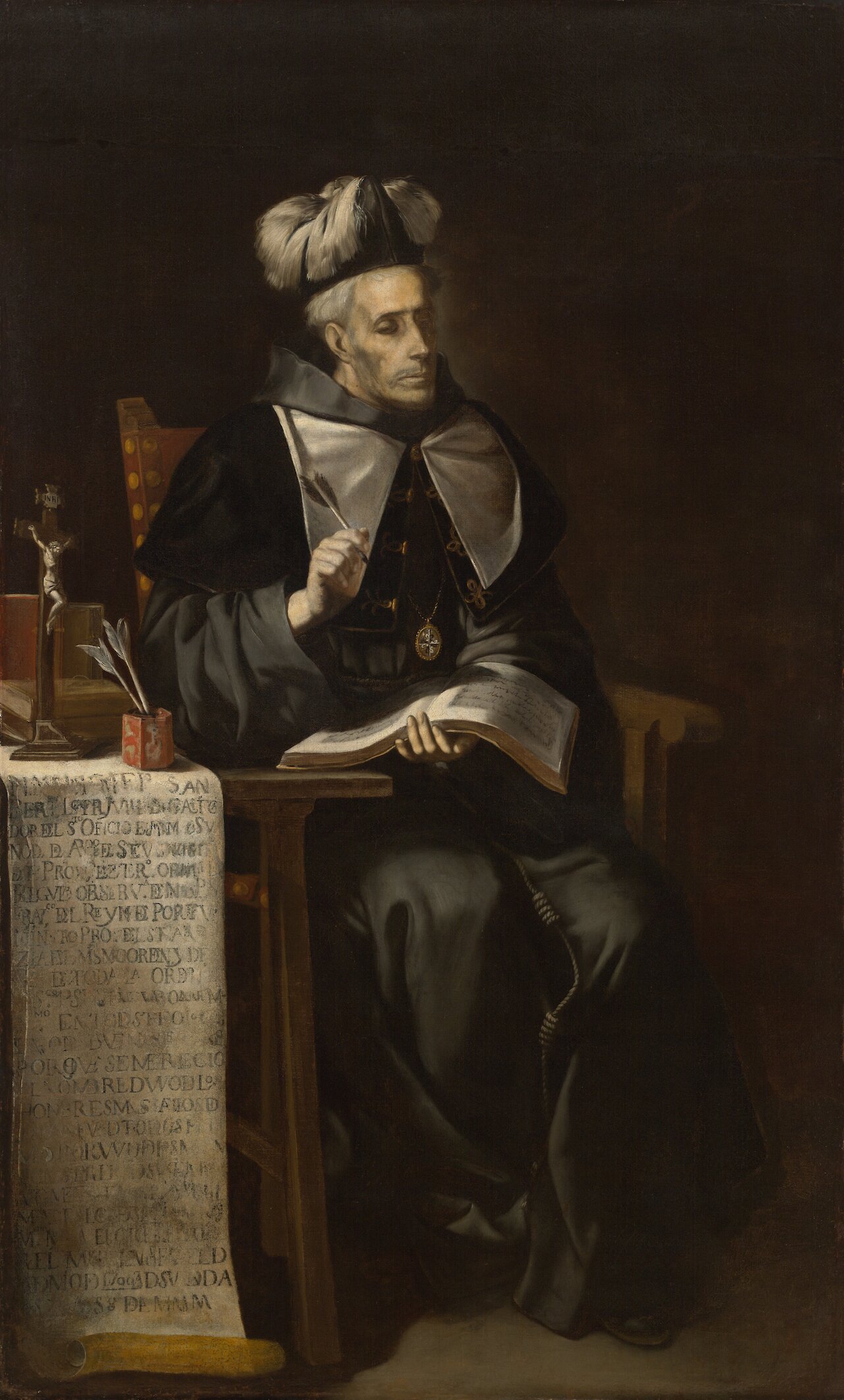
Portrait of an Ecclesiastic
by Juan de Valdés Leal, circa 1680
- Medium
- Oil on canvas
- Dimensions
- 72 3/4 × 44 5/16 × 7/8 in. (184.8 × 112.6 × 2.2 cm)
- Credits
- Director’s Purchase Fund and Gift of Mr. and Mrs. James Fosburgh, B.A. 1933, M.A. 1935
- Location
- Yale University Art Gallery
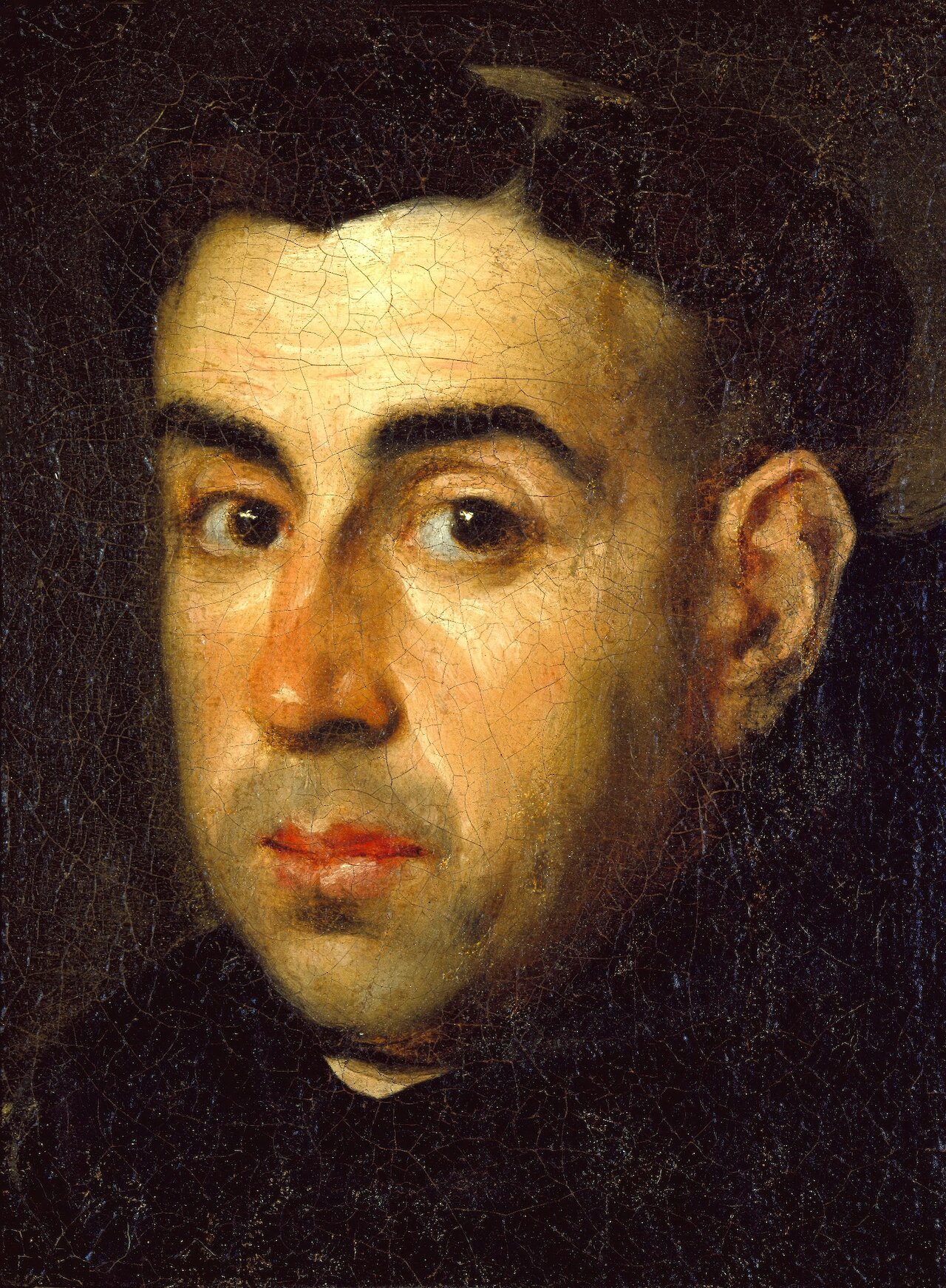
Portrait of a Monk
by Claudio Coello, circa 1685
- Medium
- Oil on canvas
- Dimensions
- 33 x 24.6 cm (13 x 9 11/16 in.). Framed: 57.2 x 49.5 x 6.4 cm (22 1/2 x 19 1/2 x 2 1/2 in.)
- Credits
- Walter H. Kimball Fund, Georgianna Sayles Aldrich Fund, Mary B. Jackson Fund, Edgar J. Lownes Fund and Jesse Metcalf Fund
- Location
- RISD Museum
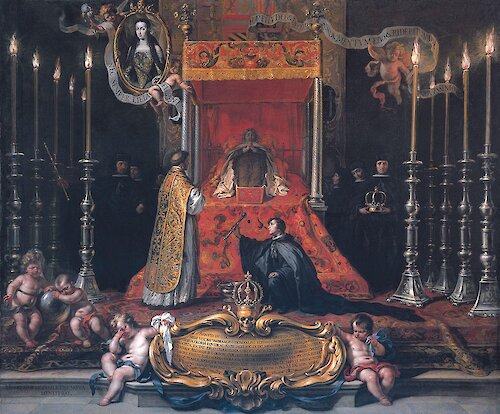
María Luisa de Orléans, Queen of Spain, Lying in State
by Sebastián Muñoz, 1689–1690
- Medium
- Oil on canvas
- Dimensions
- 207 × 252.5 cm
- Credits
- Presented to the Hispanic Society by Archer M. Huntington, 1913. Hispanic Society of America. All rights reserved
- Location
- Hispanic Society Museum and Library
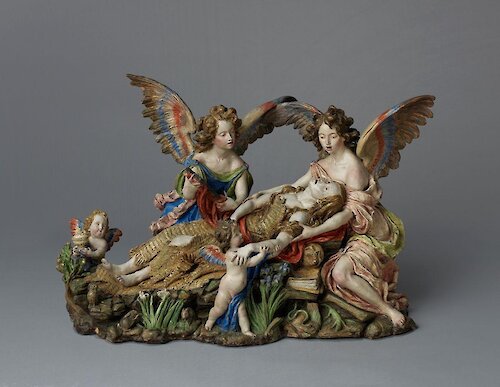
The Ecstasy of Saint Mary Magdalene
by Luisa Roldán (La Roldana), circa 1690
- Medium
- Polychromed terracotta
- Dimensions
- 30.5 x 44.5 x 25 cm (13 3/4 x 17.5 x 9 13/16 in.)
- Credits
- Hispanic Society of America. All rights reserved
- Location
- Hispanic Society Museum and Library
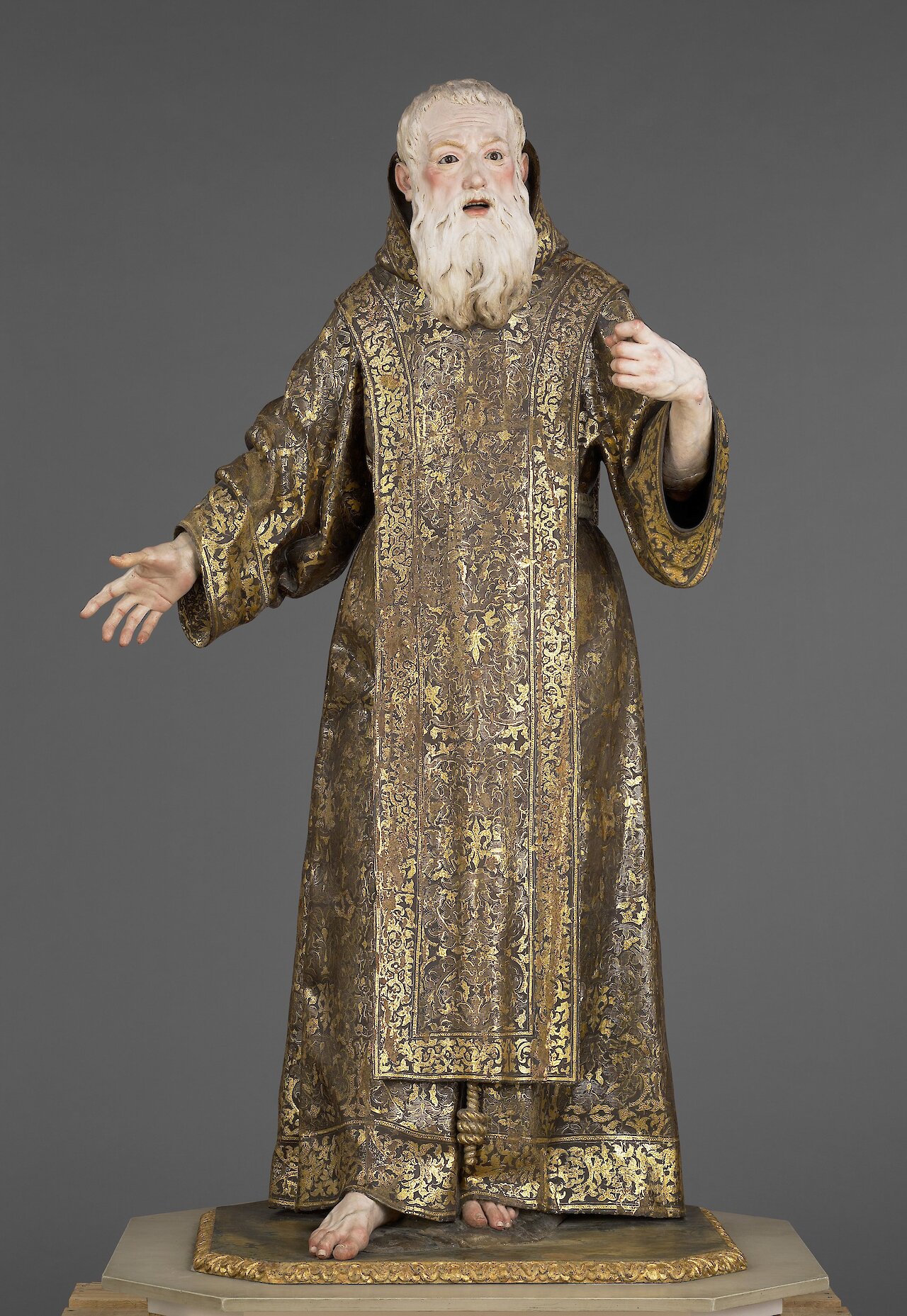
Saint Ginés de la Jara
by Luisa Roldán (La Roldana), circa 1692
- Medium
- Polychromed wood (pine and cedar) with glass eyes
- Dimensions
- Object: H: 175.9 × W: 92 × D: 74 cm (5 ft 9 1/4 in × 3 ft. 3/16 in. × 2 ft 5 1/8 in)
- Notes
In a richly brocaded robe, with rosy cheeks, shining eyes, and outstretched arms, Saint Ginés de la Jara appeals to the faithful standing before him. His gestures and open mouth suggest that he is preaching. According to legend, after Saint Ginés was decapitated in southern France, he picked up his head and tossed it into the Rhône River. Carried by the sea to the coast of southeastern Spain, it was retrieved and conserved as a relic. Life-sized, devotional cult objects often included glass eyes and were often made out of wood that could be painted in order to achieve lifelike results. Reinforcing the emotional experience of the faithful, such heightened realism typified Spanish Baroque art at a time when the Catholic Church sought to make Christianity more accessible to believers.
Luisa Roldán, also called La Roldana, carved the work. The figure was polychromed by her brother-in-law, Tomás de los Arcos, who used the Spanish technique of estofado to replicate the brocaded ecclesiastical garments. In this process, the area of the figure's garment was first covered in gold leaf and painted over with brown paint, and then incised with a stylus to reveal the gold underneath.
- Location
- J. Paul Getty Museum
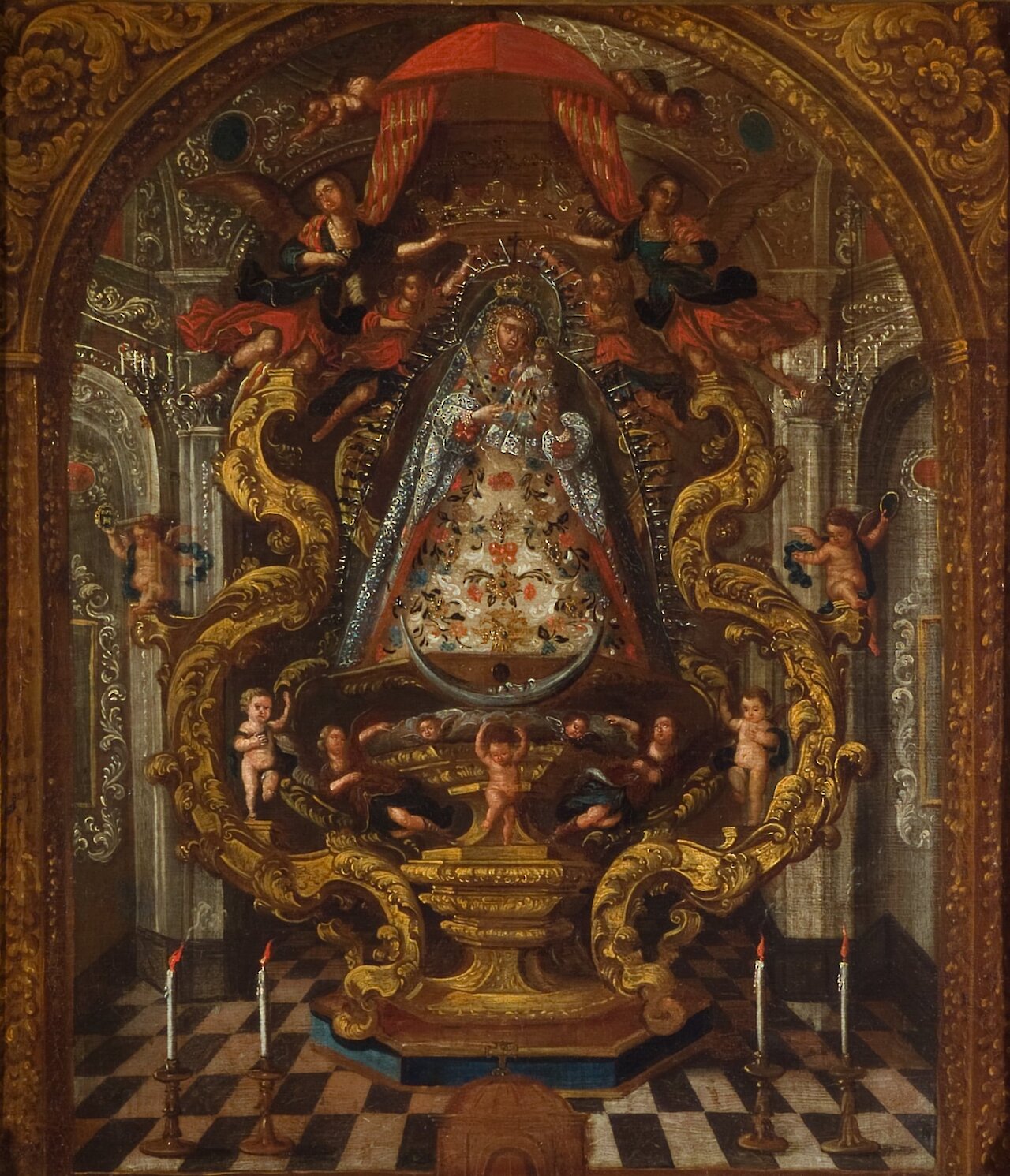
The Virgin and Child
by Anonymous / Unknown, circa 1700
- Medium
- Oil on canvas
- Dimensions
- 82.6 x 71.1 cm (32 1/2 x 28 in.)
- Credits
- Eli and Edythe Broad Art Museum, Michigan State University, purchase funded by the Emma Grace Holmes Endowment
- Location
- MSU Broad Art Museum
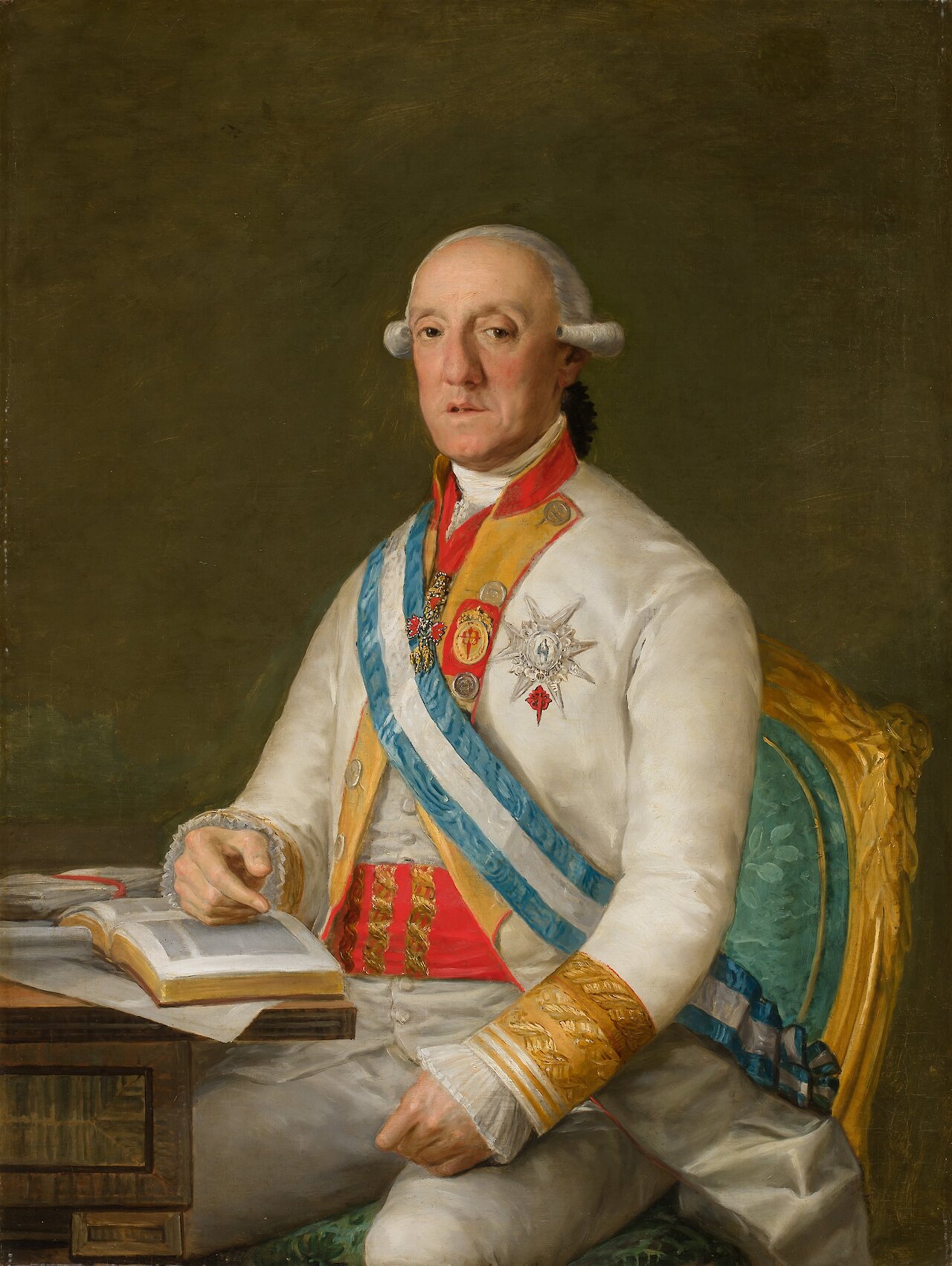
Vicente Maria de Vera de Aragon, Duque de la Roca
by Francisco José de Goya y Lucientes, circa 1795
- Medium
- Oil
- Dimensions
- 42 5/8 in x 32 1/2 in (108.27 cm x 82.55 cm)
- Location
- San Diego Museum of Art